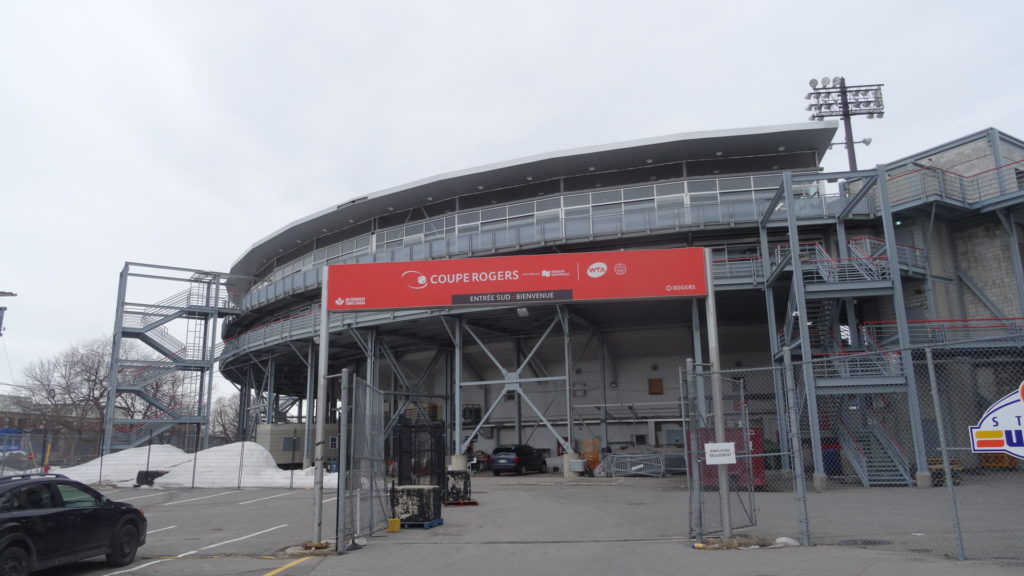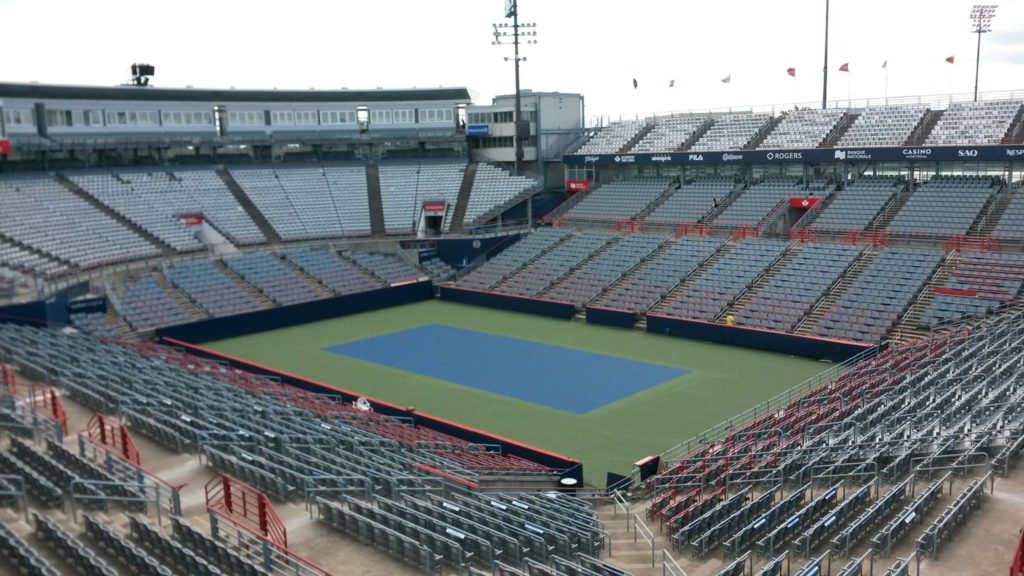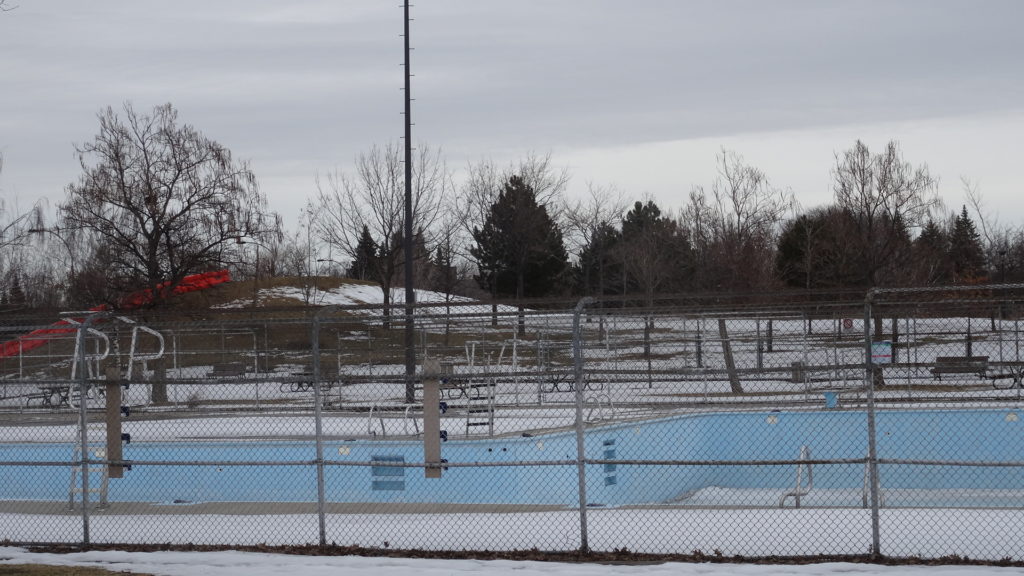The story of Jarry Park Stadium is one of endurance. When the expansion Montreal Expos arrived in town in 1969, officials had to scramble to find a suitable home for the team. The solution was to expand an existing stadium at Jarry Park, which had opened with a capacity of 3,000 in 1960 and would require the installation of more seats, upgraded lighting, and other features to make the facility functional for the Expos.
At the time, it was believed that the Expos stay at Jarry Park Stadium would be short—perhaps for three seasons, until a new ballpark could open. However, the struggles in completing its successor—Olympic Stadium—meant that Jarry Park Stadium had to continue hosting the Expos, and the team would not play its final game there until September 1976.
Jarry Park Stadium had its drawbacks. Its temporary nature left it with a capacity of under 30,000 at its peak, with no upper deck in place and bleachers that ran parallel to the playing surface. It also subjected the Expos to elements, meaning that postponements were not uncommon.
Yet, it was during their time in the ballpark that the Expos experienced some of their most memorable moments. Future Hall of Famers Gary Carter and Andre Dawson made their first impressions on Montreal fans during the team’s run at Jarry Park Stadium, and the team drew over 1 million fans in several of their seasons.
Despite its status as a temporary ballpark, Jarry Park Stadium managed to stay operational as a venue after the Expos departure. The city would utilize it for several events in the years following its ending as a ballpark, with one of the most prominent being an open-air mass during a visit by Pope John Paul II to the park in 1984.
It was also during the 1980’s that the venue’s latest use began to take shape. One of the sports to utilize Jarry Park Stadium after the Expos left was tennis, as the area once used for a baseball playing surface had enough room to accommodate courts. For many years, the courts would be placed within the facility while it remained in its baseball form.
Over time, it became clear that tennis was the future of the venue, prompting the biggest change to Jarry Park Stadium since the Expos arrived. Starting in the mid 1990’s, the process of converting the stadium began—ultimately ending with many of the baseball-era structures being removed, while new tennis courts and seating took shape.
However, there was one aspect of Jarry Park Stadium that survived from tennis to baseball—the main grandstand. The structure that once occupied the area behind home plate remains today, accounting for much of the seating in the 11,700-seat venue.
Today, the site of Jarry Park Stadium is known as Uniprix Stadium as the result of a naming rights agreement with the pharmacy chain Uniprix. Originally completed in 1996, Uniprix Stadium now features several practice courts beyond the main venue, as well as an adjacent indoor tennis center. The necessity of the other amenities means that the stadium now has a much different footprint than it did as a ballpark.
The grandstand is the only recognizable feature from the Expos’ era, and its exterior now blends in with the rest of the facility. When wandering Jarry Park, however, it is possible to find other landmarks that will always have an association with baseball.
One of the landmarks in the park that can be connected to baseball is a municipal pool. The pool’s location is beyond what was once the right field fence, and became a popular target for home runs over the years. In fact, Pittsburgh Pirates Hall of Famer Willie Stargell, who hit 17 home runs in his years playing against the Expos at Jarry Park Stadium, belted one of the most memorable homers at the venue. On July 16, 1969, Stargell hit a home run off of Dan McGinn that landed in the pool.
Stargell is said to have hit the pool a few more times before the ballpark closed, but his 1969 home run was reportedly the first to land in that location.
Another is the street name. In 2013, Montreal renamed a stretch of Faillon Street near the stadium after Gary Carter, making Uniprix Stadium’s address 285 Rue Gary Carter.
While it may have only been intended to be a stopgap, Jarry Park Stadium hosted eight seasons of baseball, playing a major role in the formative years of the Expos. Though its grounds serve a much different purpose today, the main grandstand provides a glimpse of its baseball history, one that was so short yet also so memorable.
Image of Uniprix Stadium seating bowl courtesy Rogers Cup. All other photos by Zach Spedden.
This article first appeared in the weekly Ballpark Digest newsletter. Are you a subscriber? It’s free, and you’ll see features like this before they appear on the Web. Go here to subscribe to the Ballpark Digest newsletter.
Previous Ballparks That Live on Entries:




